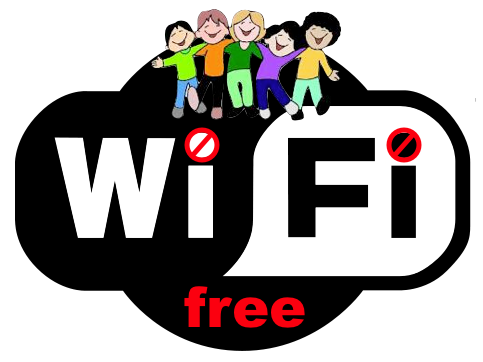WiFi
Canada: Lerarenvereniging neemt stelling tegen inzet wifi op scholen
- Gegevens
- Gepubliceerd: donderdag 09 februari 2012 09:12

stopumts.nl - Te midden van een groeiende bezorgdheid over de inzet van draadloze technologie, met name wifi en gsm's, heeft de OECTA, de Vereniging van Katholieke Engelstalige leraren in Ontaria, stelling genomen tegen de ongebreidelde inzet van deze technologie op scholen. U vindt de positiepaper hier terug.
Engelstalige samenvatting:
1. We do not know what the long-term effects of low-level non-ionizing radiation are on
those who are exposed (workers and students). No form of radiation can be deemed
‘safe’ as it depends on the constitution of the individual exposed, the amount of
exposure as well as a sufficient amount of time to pass to observe any health effects
that have a long latency period (i.e. cancer).
2. The WHO has classified low-level non-ionizing radiation in the microwave band
associated with celluar phones as a class 2b carcinogen (possible carcinogen) and
Health Canada has warned about limiting the use of handheld personal electronic
equipment such as cellular phones among youth. Initializing WiFi for personal
electronic equipment will result in an unpredictable exposure as use varies.
3. A segment of the population are environmentally sensitive (a disability according to
the Canadian Human Rights Commission) to low level non-ionizing radiation and may
experience immediate physical/biological reactions when exposed.
4. Employers including School Boards have the duty to accommodate persons with
disabilities including that of electro-hypersensitivity. A widespread investment in a
redundant WiFi network may limit the ability to reduce WiFi exposure thereby
accommodating workers with an electro-hypersensitivity disability.
5. The safety of this technology has not thoroughly been researched and therefore the
precautionary principle and prudent avoidance of exposure should be practiced.
6. The purposeful introduction of non-ionizing radiation transmitters, such as WiFi, into
the work place is considered to be the introduction of new equipment that presents a
potential health and safety hazard for workers. As such, it is the duty of the Joint
Health and Safety Committee to develop a hazard control program to; assess the risk
of injury from the potential hazard, recommend controls to be applied to address the
hazards, and to monitor the effectiveness of the applied controls.
7. Administrative and physical control methods to address the hazards of non-ionizing
radiation, such as WiFi, in the workplace are readily available and relatively easy to
apply. Application of controls would be completely consistent with the ALARA (As Low
As Reasonably Achievable) approach and the precautionary principles as well as the
general duty clause, Section 25 (2)(h) of the Occupational Health and Safety Act.


